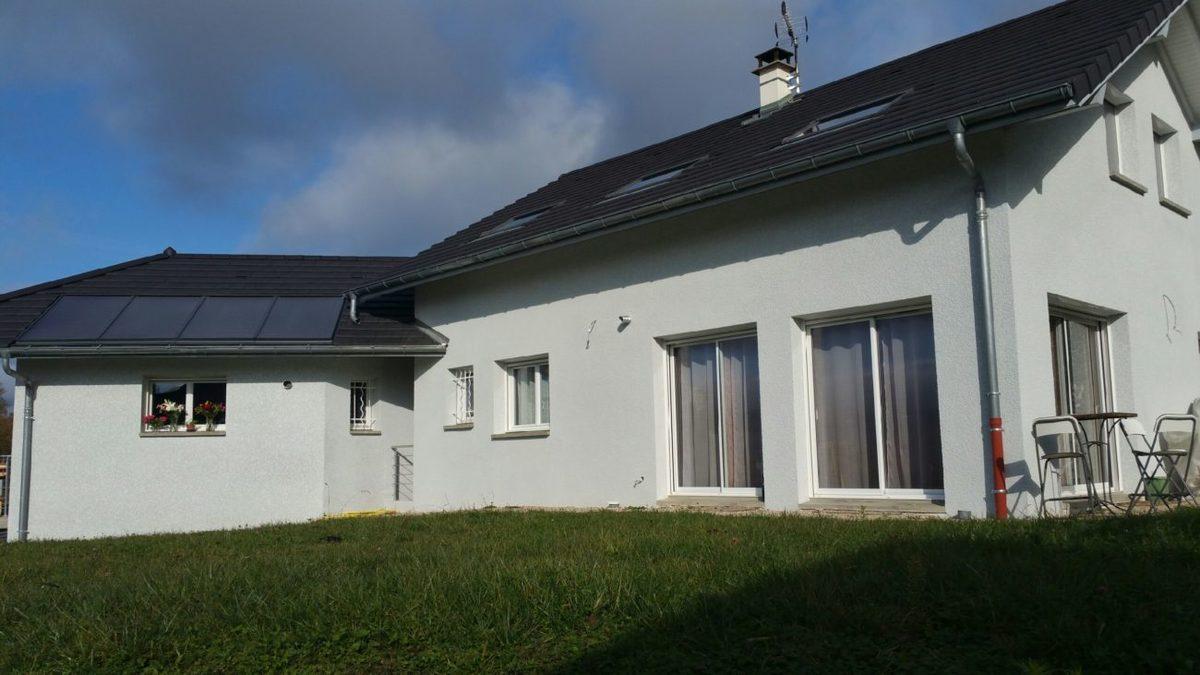Building energy epidemiology as a tool to support European building energy performance improvement

Ian Hamilton is an Associate Professor at the UCL Energy Institute, University College London, UK. Ian’s research is focused on the nexus between energy supply-demand in buildings, indoor and urban environmental conditions, and health and climate change. Ian is the Principle Investigator for the IEA’s ‘Annex 70: Building energy epidemiology’ on energy and building stock data and modelling, drawing together researchers from 25 institutions across 12 countries. Ian is a co-investigator on the UK’s ‘Centre on Research for Energy Demand Solutions’, the UK-China Centre for Total Building Performance and the UK’s Health Protection Research Unit on ‘Healthy and Sustainable Cities under Climate Change’.
What does the transition towards lowcarbon building stock mean for Europe?
European building stock is responsible for around a third of CO2 emissions, and the EU has set a target of 20 % reduction by 2020 and 60 % by 2030, from a 1990 baseline. Meeting these targets means focusing on decarbonising the power supply and making concerted efforts to reduce energy demand through retrofits of existing stock.
Under the Energy performance of buildings Directive, Member States must outline specific actions to deliver these reductions across their building stock. For many, this means devising programmes that provide support and financial incentives to carry out energy performance audits and refurbishments. The question that must be addressed is: what policies and actions will deliver these results?
Policies are developed in a complex environment of crosscutting multi-objective and interacting issues, including the climate crisis, energy markets, development and building controls, and socioeconomic pressures. European building stock is not simple: a heterogeneous population of buildings in terms of design, construction, uses and users across a diverse political and climatic geography. The tools and systems necessary for such a large-scale assessment are lacking, as is a general understanding of the characteristics which affect energy performance.
What is energy building epidemiology and how can it help the energy efficiency of building stock?
To achieve such large-scale change, it makes sense to use existing methods, tools and practices for targeting and testing interventions among populations. One such field is epidemiology. Building energy epidemiology is the study of energy demands to improve our understanding of variations in the energy-consuming population, and their causes. It considers the complex interactions between physical and engineered systems, socio-economic and environmental conditions, and the individual practices of occupants.
Energy epidemiology provides an over-arching approach, where findings from large-scale studies inform energy policy, and provide the context for conventional smallscale studies and information for predictive models.
Building energy epidemiology is being taken up by many European researchers through Annex 70: Building energy epidemiology[2] under the International Energy Agency’s (IEA) technology collaboration partnership within Energy in buildings and communities. Annex 70 is an international collaboration of researchers, industry and government from across the globe who are working to develop methods to improve empirical evidence on energy demand in building stock.
Read the full article here.
News published on Build Up News
Consult the source



